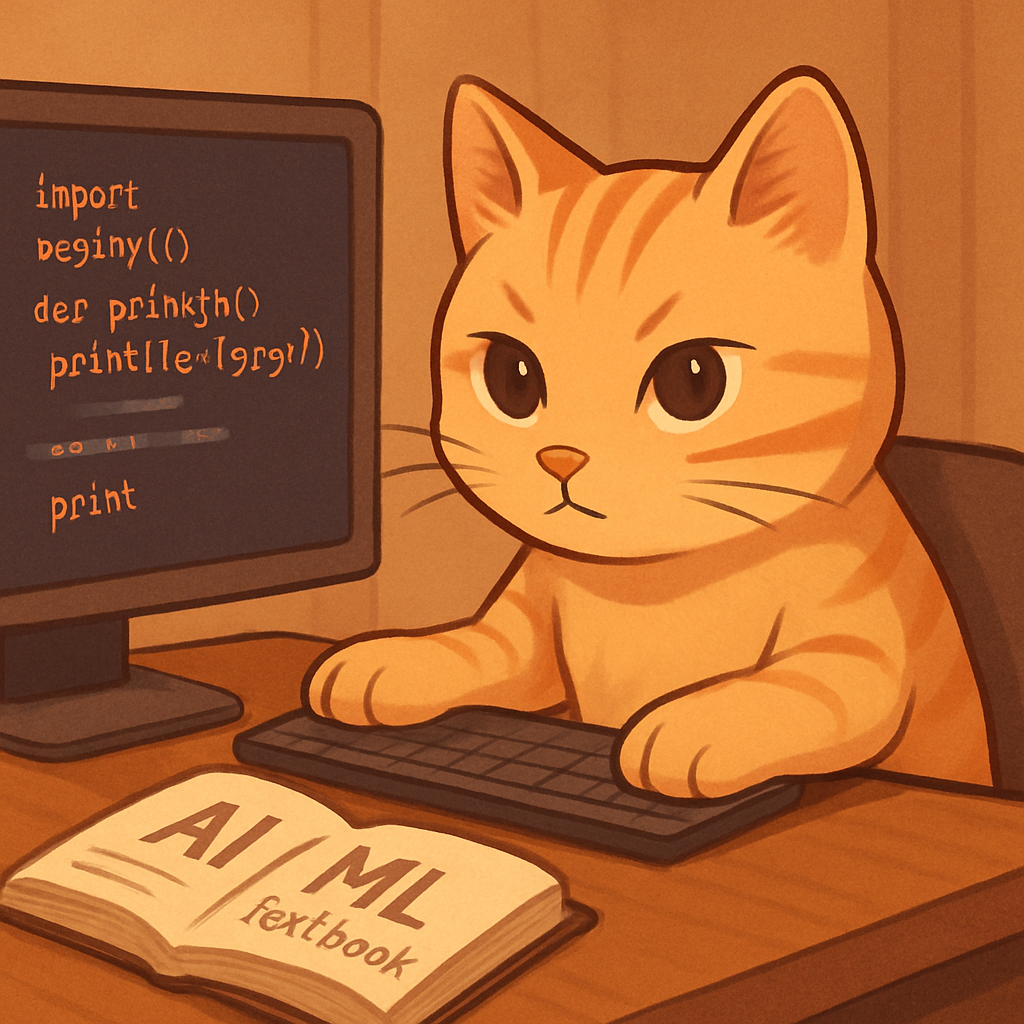Overfitting or Just Lucky? What I Learned Debugging a Too-Perfect ML Model
Introduction
Today, something strange happened.
My model scored 99.7% accuracy on the test set. At first, I was thrilled — then skeptical:
Is this overfitting, or did I make a mistake somewhere?
This post documents the journey from that suspicion to discovery and learning.
1. “99% Accuracy… Is That Even Real?”
from sklearn.ensemble import RandomForestClassifier
model = RandomForestClassifier()
model.fit(X_train, y_train)
model.score(X_test, y_test)
# Output: 0.997
First suspicion: Maybe there’s data leakage.
Check: Reinspect the train/test split.
from sklearn.model_selection import train_test_split
X_train, X_test, y_train, y_test = train_test_split(
features, target, test_size=0.2, random_state=42, stratify=target
)
✅ Split looks fine. But the accuracy is still abnormally high.
2. “Am I Accidentally Predicting the Target Itself?”
Maybe the target or a proxy made it into the features? Let’s check .corr():
import pandas as pd
correlations = df.corr(numeric_only=True)["target"].sort_values(ascending=False)
print(correlations.head(5))
🔍 Turns out some features are nearly perfectly correlated with target.
The culprit: a derived column closely related to the label — possibly calculated from it.
3. “What Features Should Be Dropped Then?”
Conclusion:
- Columns like IDs may act as surrogate keys and leak label information.
- Derived columns that are direct transformations of the target must be excluded.
✅ After removing those columns: new accuracy is 81.2% — much more believable.
What I Realized
- High accuracy can be a red flag.
- Data leakage is common and often subtle.
- Simple tools like
.corr()can uncover big issues. - Before trusting performance metrics, always question your data.
What I Want to Do Next
- Automate feature checks for target leakage
- Add column validation in data split logic
- Build rules to detect label-like engineered features
When your model’s too good to be true,
check the data before you celebrate.
